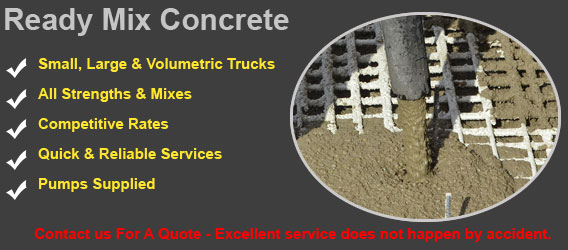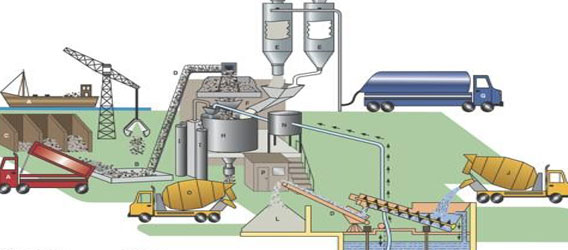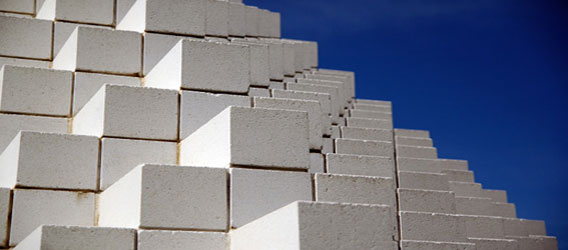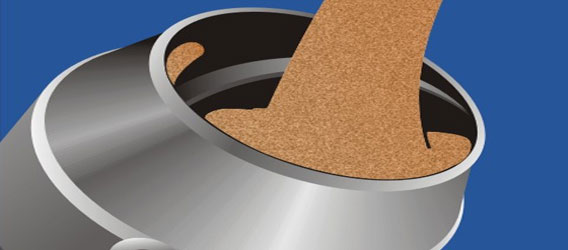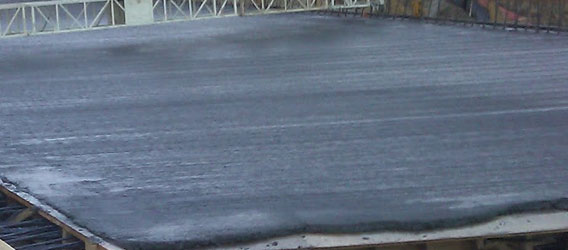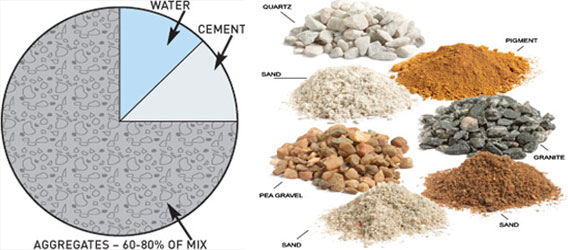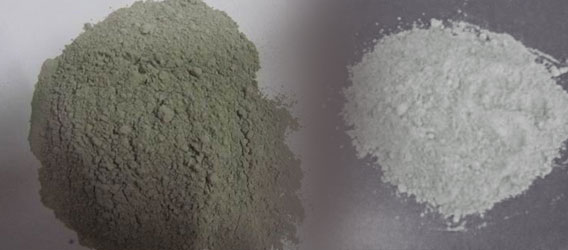 |
| Transit Mixed Concrete |
It is also called dry batched concrete because all the basic ingredients including water are charged directly into the truck mixer. The mixer drum is revolved fast at charging speed during the loading of the material and after that it continues rotating at a normal agitating speed. In this type of RMC also, three variations are possible as given below :
(i) Concrete mixed at job site: While being transported towards the destination, the drum is revolved at a slow or agitating speed of 2 rpm but after reaching the site just before discharging the material, it is revolved at maximum speed of 12 to 15 rpm for nearly 70 to 100 revolution for ensuring homogeneous mixing.
(ii) Concrete mixed in transit: The drum speed is kept medium during the transit time, i.e. approximately 8 rpm for about 70 revolutions. After 70 revolutions, it is slowed down to agitating speed i.e. 2 rpm till discharging the concrete.
(iii) Concrete mixed in the yard: The drum is turned at high speed of 12 to 15 rpm for about 50 revolutions in the yard itself. The concrete is then agitated slowly during transit time.





